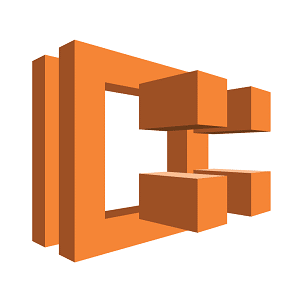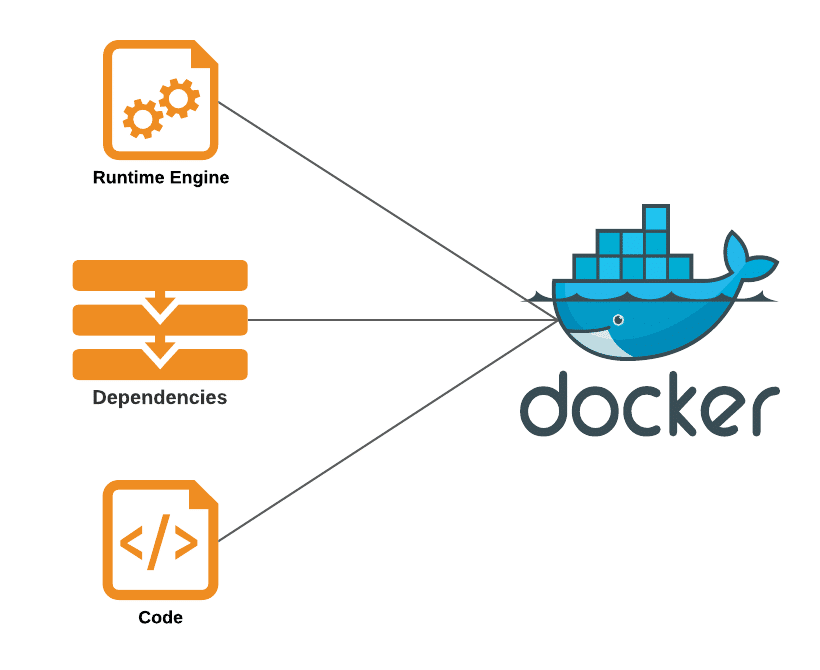Blog > AWS Docker Containers – Introduction

What are AWS Containers?
AWS Containers are just isolation of processes and evolution of virtualization technology. Containers are virtual hardware and machines. With a virtual machine, an organization virtualizes operating systems, runs an application within the system, and the associated binaries and libraries required for the application within the environment.
AWS Docker Containers, on the other hand, is a little bit further up the stack; instead of virtualizing the operating system, they virtualized the application and the associated binaries and libraries for that application to run.
Benefits of AWS Containers:
- Containers are super lightweight
- Portable and easy to distribute
- Build applications at scale with containers.
- It’s a standard software package that packages up all of your code and all of its dependencies. Therefore, you can deploy an application quickly.
- Containers can be used reliably across several different computer environments
Application Environment Components
- Runtime Engine
- Code
- Dependencies
- Configuration
The first thing we need for the application will be that runtime engine, whether that’s the java virtual machine, DotNET, or Node.js.
Different Environments
- Local Laptop
- Staging / QA
- Production
- On-Prem
Therefore, for local development software or local development by using a personal laptop, there’s no guarantee that the libraries and the packages will be the same in the staging environment or the production environment or even on the On-Prem environment. They can be slightly or vastly different.
How do we sort this issue?
Docker to the rescue

What is Docker?
- This tool designed to make it easier to create, deploy, and run applications by using containers
- Docker Containers are lightweight alternatives to virtual machines, and it uses the host OS
- No need to pre-allocate any RAM in containers
Moreover, Docker is a widespread platform for running containers. It’s known as a container platform and allows developers to run discrete units of code. So, the applications on a platform truly abstract the underlying operating system resources from the container itself.
Above all, you can run Docker on a physical operating system using physical machines. It also can be run on a virtual machine on the operating system. It is a client-server environment that consists of a Docker daemon that’s the Docker service, REST API, and command-line interface. So that, it’s a relatively easy and reliable platform; its commands are straightforward to learn. Similarly, it offers many functionalities in terms of being able to run containers in different types of environments to network these containers together to keep them completely isolated.
AWS Docker Containers
- AWS Docker Containers provides a Read-only image that is used as a template to launch a container
- It also starts from base images that have your dependencies and adds custom code
- Docker file for easily reproducible builds
Container and Docker Benefits
- Containers can run reliably everywhere. It’s a lightweight alternative to the virtual machines
- Different containers can be run on one system because these are very lightweight
- Containers allow dictating how much memory is actually utilized by a container, how much CPU and resources are utilized
- Easy to build a scalable cloud-native application
- Moreover, Docker is a tool that is design to make it easy to create, deploy and run an application much faster by using containers
- Containerization with Docker makes software testing easier
In SVCIT, we use AWS Docker containers to eliminate the verse on machine problems when working on code in joined environments with co-workers. Similarly, operators use AWS Docker containers to run and manage apps side-by-side in isolated containers to compute density better. An enterprise also uses it to build an agile software delivery pipeline to dispatch new highlights quicker, more safely, and with a high degree of operation certainty for both Linux and Windows.
Author: SVCIT Editorial
Copyright Silicon Valley Cloud IT, LLC.